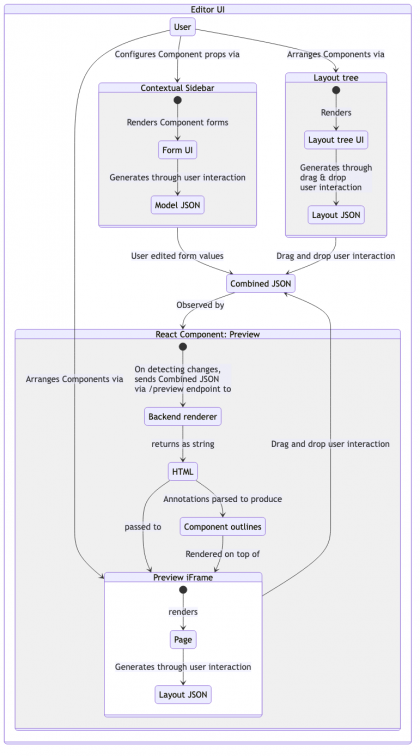
As the landscape of cloud computing continues to expand, so do the challenges associated with securing digital identities.
The intersection of these two concepts means that your digital identity, which grants access to cloud resources, must be meticulously protected. Any breach or compromise can lead to severe consequences, from unauthorized access to sensitive data to full-blown identity theft.
Ensure that all software, including operating systems and applications, is regularly updated. Patches often address security vulnerabilities that attackers could exploit.
Understanding Digital Identity and Cloud Computing
Digital identity refers to the information used by computer systems to represent an external agent—a person, organization, application, or device. This includes usernames, passwords, social security numbers, and other personal information. Cloud computing, on the other hand, involves delivering computing services over the Internet, including storage, databases, servers, networking, software, and more.
Educate users about the risks and best practices for cloud security. This includes recognizing phishing attempts, understanding the importance of strong passwords, and knowing how to report suspicious activities.
Common Threats to Digital Identity in the Cloud
- Phishing Attacks: Fraudulent attempts to obtain sensitive information by disguising it as trustworthy entities. These attacks often target login credentials, which can be used to access cloud services.
- Data Breaches: Unauthorized access to data stored in the cloud. This can result from weak security measures, such as poor password management or unpatched vulnerabilities.
- Malware and Ransomware: Malicious software designed to disrupt, damage, or gain unauthorized access to computer systems. Ransomware can encrypt data, demanding payment for decryption.
- Insider Threats: Risks posed by individuals within the organization who may have legitimate access to cloud services but misuse them for malicious purposes.
- Man-in-the-Middle Attacks: These involve intercepting and potentially altering communication between two parties. In cloud computing, this could mean intercepting data transfers between your device and the cloud.
Strategies to Protect Your Digital Identity
1. Strong Authentication Measures
Use complex and unique passwords for different accounts. A strong password should be a mix of letters (both uppercase and lowercase), numbers, and special characters. Consider using password managers to generate and store these passwords securely.
2. Robust Password Policies
Encrypt sensitive data both in transit and at rest. Encryption converts data into a code only authorized users can decrypt, thus protecting it from unauthorized access.
3. Regular Software Updates and Patch Management
In today’s digital age, cloud computing has revolutionized how we store, manage, and access data. The convenience and flexibility of cloud services have made them an integral part of both personal and professional life.
4. Data Encryption
Implement multi-factor authentication (MFA). MFA requires multiple verification forms, such as a password, a text message code, or a biometric scan, before granting access. This adds an extra layer of security, making it more difficult for attackers to gain unauthorized access.
5. User Education and Awareness
Here’s everything you need to know about securing digital identities in the cloud and enhancing overall business growth.
6. Access Control and Monitoring
However, as we increasingly rely on the cloud, the safety and integrity of our digital identities have become paramount. Ensuring these requires a comprehensive understanding of potential threats and robust mitigation strategies.
7. Backup and Recovery Plans
Choosing a reputable cloud service provider (CSP) is crucial for maintaining digital identity security. When selecting a CSP, consider the following:
The Role of Cloud Service Providers
By Rakesh Soni
- Security Certifications and Compliance: Ensure the provider complies with industry standards and regulations, such as ISO 27001, GDPR, and HIPAA.
- Data Protection Policies: Review the provider’s data protection and privacy policies to understand how your data will be handled.
- Incident Response Plans: Understand the provider’s response procedures for security incidents and breaches.
To Conclude
By understanding the threats and implementing robust security measures, you can protect your digital identity and ensure the integrity of your data in the cloud. Stay vigilant, stay informed, and prioritize security in every aspect of your digital life.
Implement strict access controls based on the principle of least privilege, where users are granted only the access necessary for their roles. Regularly monitor access logs for any unusual activities that could indicate a security breach.
Regularly back up critical data and ensure you have a robust recovery plan in place. This can help mitigate the impact of ransomware attacks and other data loss incidents.






